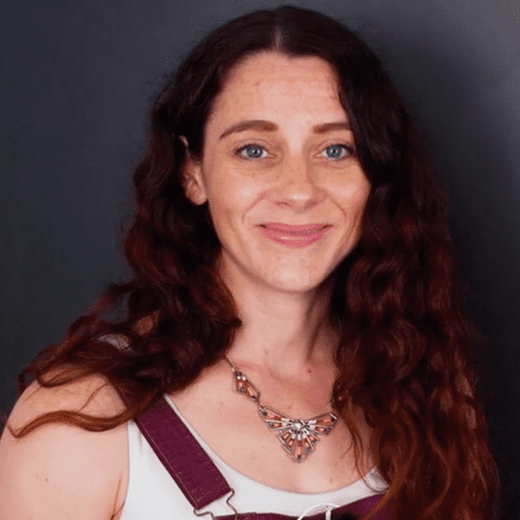Le sujet porte sur l'axe 7 du programme : Diversité et inclusion.
'A glorious story': Obama opens African American Smithsonian museum
The opening of the National African American History and Culture Museum, part of the Smithsonian, was heralded on Saturday by the tolling of bells across the US capital, following soaring oratory from Barack Obama.
The opening was the culmination of a decades-long fight by legislators including the Georgia representative1 and civil rights campaigner John Lewis, in the name of African American history.
“I too am American,” said Obama, in a long and reflective speech that described the triumphs and tragedies that have helped define black identity in America. “It is a glorious story, the one that’s told here. It is complicated, and it is messy, and it is full of contradictions, as all great stories are.”
Citing cities such as Ferguson, Missouri, and Charlotte, North Carolina, where black men have been shot and killed by police, leading to unrest, the president added: “It’s a story that perhaps needs to be told now more than ever.”
Advocates2 of the museum have often described its exhibits as Obama did – as “not somehow separate to the American story, it is not the underside of the American story, it is central to our American story”.
The museum occupies a space on the National Mall not far from the Jefferson Memorial and Washington Monument, sites dedicated to presidents who held slaves. Exhibits in the 400,000-sq-foot, eight-level museum are meant to highlight the complex relationship between black Americans and the US, a country which once held them in servitude.
The three-tiered, $540m building houses artifacts from the slavery era and the Middle Passage, the civil war, Jim Crow segregation, integration and the advent of Obama as the first black president. A second portion of exhibits, as described by the designers, focuses on the “life of the citizen”, stories of everyday Americans in the military and public life. Music, art and entertainment as pioneered by African Americans are also featured.
The building is meant to evoke a time in African American history when freed slaves moved from farming life to tradesmanship, architect David Adjaye has said.
Lewis called the museum a place that celebrated “the dignity of the dispossessed”. He, other African American dignitaries and celebrities and roughly 7,000 people attended the opening ceremony.
The new museum, Obama said, “reminds us that routine discrimination and Jim Crow aren’t ancient history – it’s just a blink in the eye of history. It was just yesterday.
“We should not be surprised that not all the healing is done. We shouldn’t despair that it’s not all solved, and knowing the larger story should remind us just how remarkable the changes that have taken place truly are.”
The Guardian, 24 September 2016
1 Representative: member of the lower house of Congress (the House of Representatives).
2 Advocate: someone who supports or promotes the interests of a cause or group.
Answer the following questions in English, using your own words:
a. The article reports the opening of the African American Smithsonian Museum in Washington, DC in 2016. Who and what is the museum designed to commemorate?
b. Where in Washington is the museum located? Why was this location chosen?
c. Why, in the eyes of its promoters, was it so important to have such a museum, and to have it in the US capital?
d. “It’s a story that perhaps needs to be told more than ever.” Why did President Obama say that?
e. Analyse and comment on the following sentence: “We shouldn’t despair that it’s not all solved, and knowing the larger story should remind us just how remarkable the changes that have taken place truly are.”
